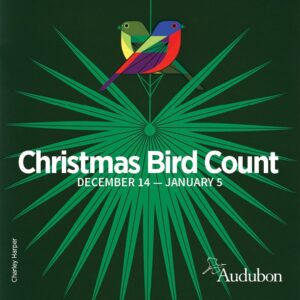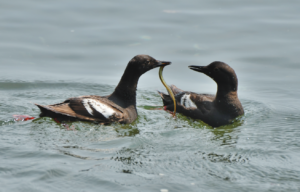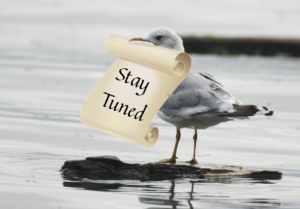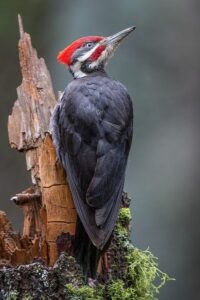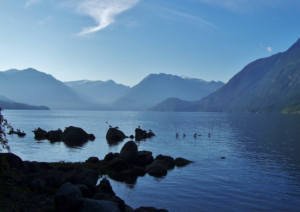A Human and Natural History of Puget Sound, by David Williams
~ Anne Kilgannon
This book came to my hand when I really needed it. So much, right now, in my reading forays is global in size and overwhelmingly overwhelming. Dark and even desperate. It was a relief to focus on something local and comprehensible, a place I can envision; I’ve been there! I was particularly keen to explore possible connections of Sound waters with what our own efforts in this community—the bottom of the Sound—can do for our contribution for the future health and beauty of a place we love. David Williams lays out just such a feast for our participation.
Williams invites us to tag along as he meets with various specialists that can shed light on various life forms that populate these waters or who understand the forces that shaped this body and still dictate all the invisible mechanics of water flow and collection. He reaches back to the geological foundations—the bedrock of everything, if you will—as well as bringing us forward through time as the human populations carved their own places along the shores, some with a light touch and others with more catastrophic impact. That the different approaches have been, not by happenstance, framed in different languages used in naming these places he quietly brings to our attention. History, too, has shaped the Sound; what we call things matters.
Williams doesn’t bludgeon us with hard truths, though, so much as show us their ripples and then open ways for us to seek out new perspectives, new visions, be more informed, be more embedded in scientific understanding and insights. He’s not a show-off; his modesty works to draw us in and help us marvel with him at all he discovers. His opening moment of truth when he admits that he’s looked at the Sound waters all his life, but as scenery, as surface. (With a quick intake of breath I realize the same would be true for me! I had not really thought of that before.) And then he takes us into the water.
He dives deeply into kelp. How essential and myriad are its uses! How it is a forest as vast and important in climate mediation as any trees that clothe our uplands. He describes how many creatures depend on it for shelter and a safe place to deposit their offspring. And then how many other creatures depend on those small lives as food for their own, up and up the chain to forage fish, salmon, seals and orcas. We learn how mollusks like the Olympia oyster and geoducks help clean the water as well as provide other beings with nourishment—lucky us to have such delectables nearby! Everything has a role, if not two or three. The layers of life are interwoven; water flows through everything and touches everything, connecting it. Including us.
As in climate matters, humans now play an outsize role in what happens in these waters. We control the health of the waters that feed the Sound, or even if those waters reach the Sound at all. Besides dams, we build bulkheads and other impediments that shape the shorelines, that crucial place where land and salt water meet and share or starve each other of nutrients. We remove trees and other cover, and lavish greenswards with chemicals to encourage an unnatural lushness, or we simply pave over vast areas to smooth our passages. Bit by bit, place by place, we take without thought of consequences. The Sound is big but it is not infinite. But it is of a scale that we can comprehend it, study and understand it, and work to repair and restore it. We can look at its stretch of blue and feel heartened; we can look into it and feel wonder. Williams shows us some proven and practical ways we can save it. It’s up to us; these are our Homewaters.
I would welcome reader’s responses. COVID-19 and one thing or another discouraged the formation of a book group but a conversation about books and writers who keep us inspired, and other like topics could help us “test the waters” once again, please excuse the metaphor. I can be reached at anneandgary@nullgmail.com and thanks!
photo credit – Puget Sound and Olympic Peninsula. Satellite image, composite, September 2018. Copernicus Sentinel-2, ESA.



